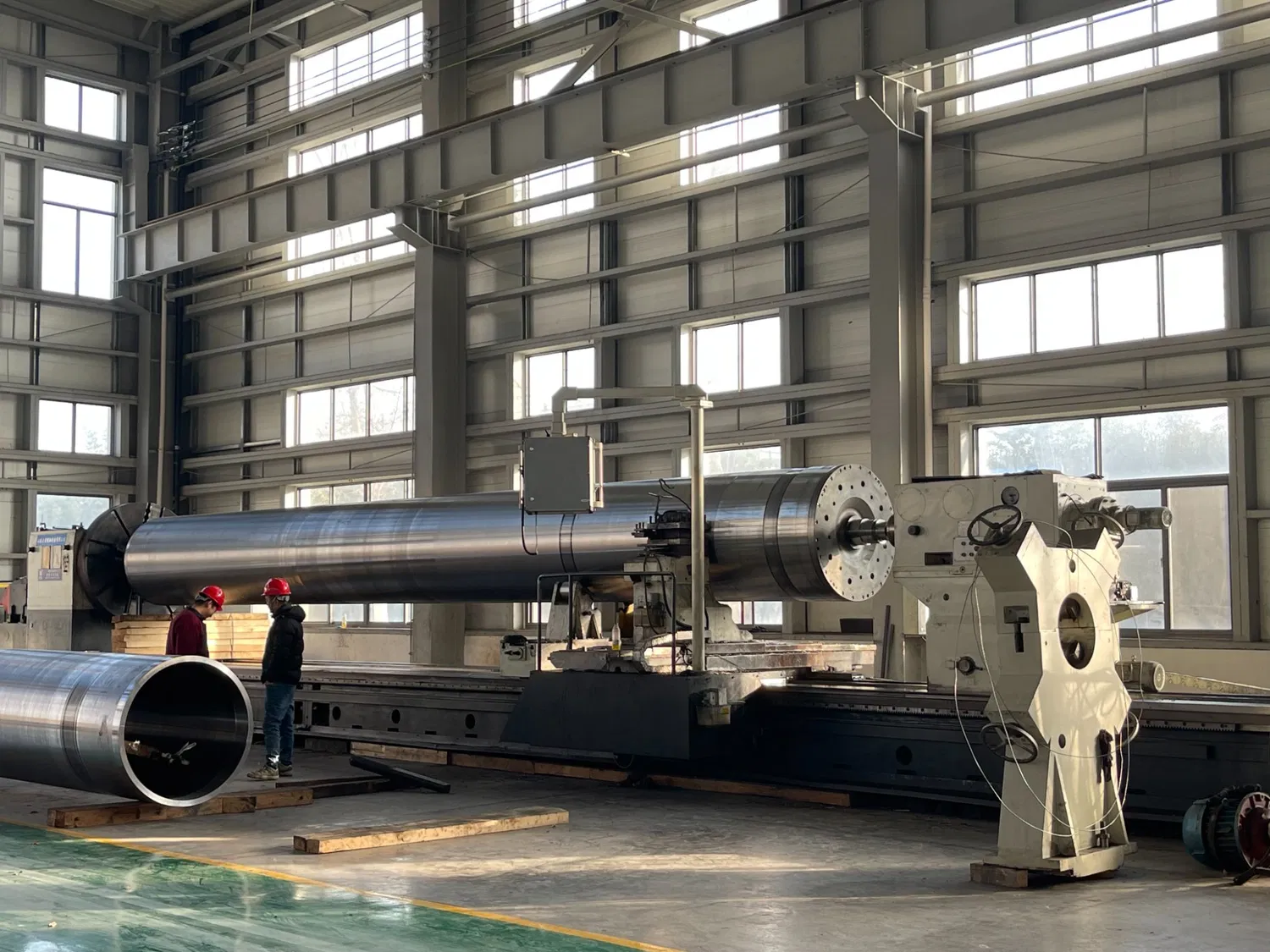The industrial world demands robust and long-lasting components. In many applications, rolls play a crucial role, bearing the brunt of heavy loads, high temperatures, and abrasive materials. Ceramic-coated stone rolls represent a significant advancement, offering enhanced durability and performance compared to traditional materials. Their unique combination of a strong stone core and a protective ceramic coating delivers superior wear resistance, extending operational lifespan and reducing maintenance costs.
Let's delve into the core concept of durability and why it matters so much in industrial settings. Downtime for repairs and replacements translates directly into lost revenue. A durable roll minimizes these interruptions, ensuring a smoother, more efficient operation. The longevity offered by ceramic-coated stone rolls makes them a valuable investment, contributing to long-term cost savings and increased productivity.
Understanding the Benefits of Ceramic Coating
The magic behind the increased durability lies within the ceramic coating itself. This specialized layer provides exceptional hardness, effectively shielding the underlying stone from wear and tear. Think of it as armor for your rolls, protecting them from the daily grind of industrial processes. The coating's resistance to abrasion, chemicals, and thermal shock makes it ideal for demanding environments.
Moreover, the smooth surface of the ceramic coating minimizes friction, leading to more efficient operation. This reduced friction also contributes to lower energy consumption, further enhancing the overall cost-effectiveness of these rolls. Whether dealing with paper production, metal processing, or other demanding applications, the advantages of ceramic coating become readily apparent.
The Role of the Stone Core
While the ceramic coating provides the primary protection, the stone core plays a vital role in the overall performance of the roll. The inherent strength and stability of the stone provide a robust foundation for the ceramic layer. This combination results in a roll that can withstand significant stress and strain, maintaining its integrity even under challenging operating conditions.
Different types of stone can be utilized for the core, each offering unique properties. For example, granite offers excellent compressive strength, while basalt provides superior resistance to thermal shock. Choosing the appropriate stone for the core depends on the specific application and the anticipated operating environment. So, what factors are most important in your specific industry?
Practical Applications of Ceramic-Coated Stone Rolls
The versatility of ceramic-coated stone rolls allows for their use in a wide range of industries. In paper manufacturing, they ensure a smooth and consistent paper web, minimizing defects and improving product quality. In metal processing, these rolls can withstand the high temperatures and pressures involved in rolling and shaping metal sheets.
Furthermore, these rolls find applications in the printing industry, where precise control and consistent performance are essential. The durability of ceramic-coated stone rolls translates to fewer replacements and less downtime, contributing to improved efficiency and profitability across various sectors.
Comparing Ceramic-Coated Stone Rolls to Traditional Alternatives
Traditional rolls, often made of steel or rubber, can be prone to wear and tear, requiring frequent replacements. Ceramic-coated stone rolls offer a significant advantage in terms of durability, extending their operational lifespan considerably. This reduced need for replacements results in significant cost savings and improved productivity.
While the initial investment in ceramic-coated stone rolls may be higher than traditional alternatives, the long-term benefits outweigh the upfront costs. The enhanced durability, reduced maintenance, and improved performance contribute to a more efficient and cost-effective operation.
Maintenance and Care for Extended Lifespan
Proper maintenance is crucial for maximizing the lifespan of ceramic-coated stone rolls. Regular cleaning and inspection can help identify potential issues early on, preventing major problems down the line. While the ceramic coating offers excellent protection, proper care ensures optimal performance and longevity.
Implementing a preventative maintenance schedule can significantly extend the life of these rolls. This includes regular lubrication, inspection for damage, and cleaning to remove debris. By proactively addressing potential issues, you can ensure the continued smooth operation of your equipment.
The Future of Ceramic-Coated Stone Rolls
As technology advances, the potential applications for ceramic-coated stone rolls are only expected to expand. Ongoing research and development are focused on enhancing the properties of the ceramic coating, further improving its durability and performance. The future promises even more robust and efficient solutions for demanding industrial applications.
Imagine a future where rolls can withstand even harsher environments, contributing to even greater efficiency and cost savings. The ongoing innovation in this field promises to deliver solutions that meet the evolving needs of various industries.
Conclusion: Embracing Durability for a Better Future
Ceramic-coated stone rolls offer a compelling solution for industries seeking enhanced durability and improved performance. Their unique combination of a strong stone core and a protective ceramic coating delivers superior wear resistance, contributing to increased efficiency and reduced maintenance costs. Investing in this innovative technology represents a commitment to a more sustainable and productive future.



